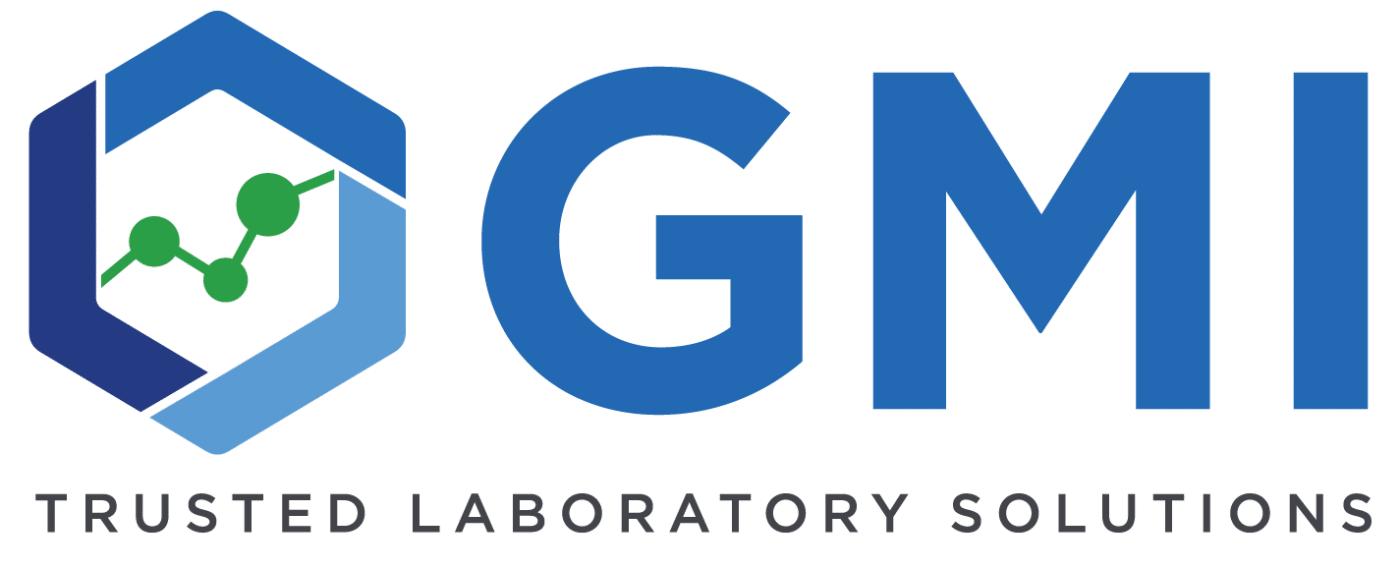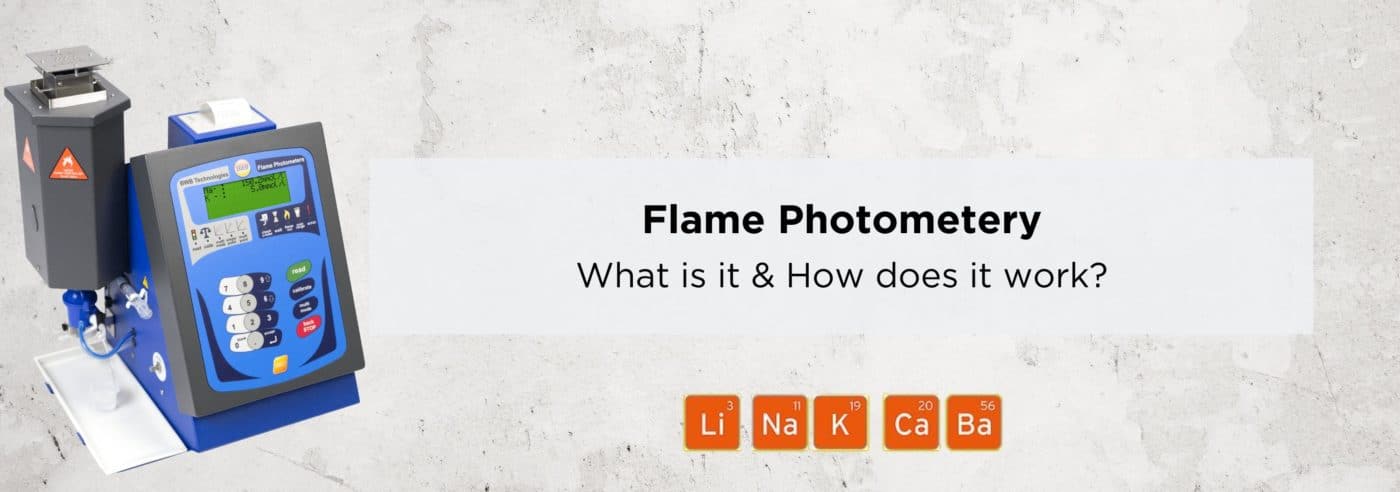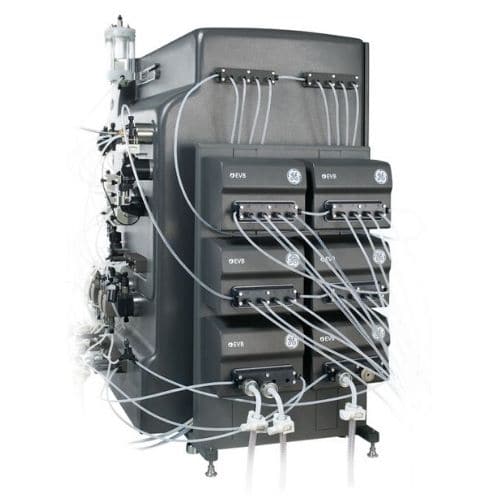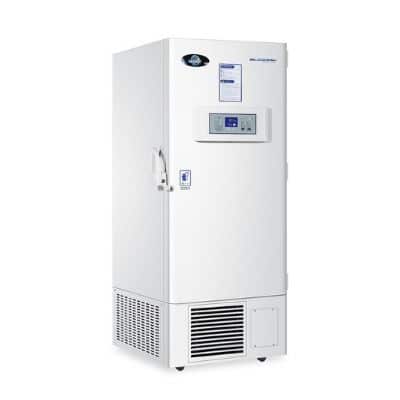No products in the cart.
Science News, Flame Photometry
Flame Photometry
Original Article: Lab Manager
In flame photometry, a branch of atomic spectroscopy also called “flame atomic emission spectrometry,” atoms are examined in the spectrometer. This technique is suited to the quantitative and qualitative determination of a variety of cations—particularly for alkali and alkaline earth metals— since they are excited to higher levels of energy at low flame temperatures.
How Flame Photometers Work
These instruments are fairly simple, consisting of four basic components: a flame or “burner,” a nebulizer (or aspirator) and mixing chamber, color filters, and a photo detector. Flame photometers are also very cost effective and easy to use.
In a flame photometer, the solution is aspirated through a nebulizer (or aspirator) into the flame. After the sample matrix evaporates, the sample is atomized. Atoms then reach an excited state by absorbing heat from the flame. When these excited atoms return to their lowest-energy state, they give off radiation in certain wavelengths, leading to the creation of a line spectrum.
A filter pre-selected based on the atom being analyzed is used in flame photometry. The emission line’s intensity is then practically measured and is related to the solution’s original concentration.

BWB Flame Photometers
Exclusively from GMI, BWB flame photometers have been the industry gold standard for over 20 years. This is a perfect substitute for ICP and Atomic Absorption Spectrophotometers (AAS) systems. It is the most simple and cost effective flame photometer on the market. BWB’s patented “Just Add Gas” instrument set up system is truly second to none.
Top 6 Questions You Should Ask When Buying a flame photometer
1. Flame photometers are used to measure five ions (K, Na, Li, Ca & Ba); is the instrument multi-channel and can all five ions be detected and displayed simultaneously?
2. What is supplied as standard? Does the flame photometer have an internal air compressor, is computer reporting/analysis software and calibrations solutions supplied? If not, what is the extra cost?
3. Analysis time can be lost to recalibrate the machine when switching between channels/ ions. Does the instrument store calibration data? Are there calibration correction capabilities to reduce or eradicate the need to recalibrate?
4. What is the footprint of the flame photometer and any other accessories required to operate it?
5. Does the supplier offer application support and technical support? Are there online training and support videos available in your language? Is the support center operated by local “experts”? Are spare parts/consumables available locally and what is the average delivery time?
6. Is a “standard” model flame photometer the correct choice for you? Are there industry-specific flame photometers, designed around your sample type or application?





